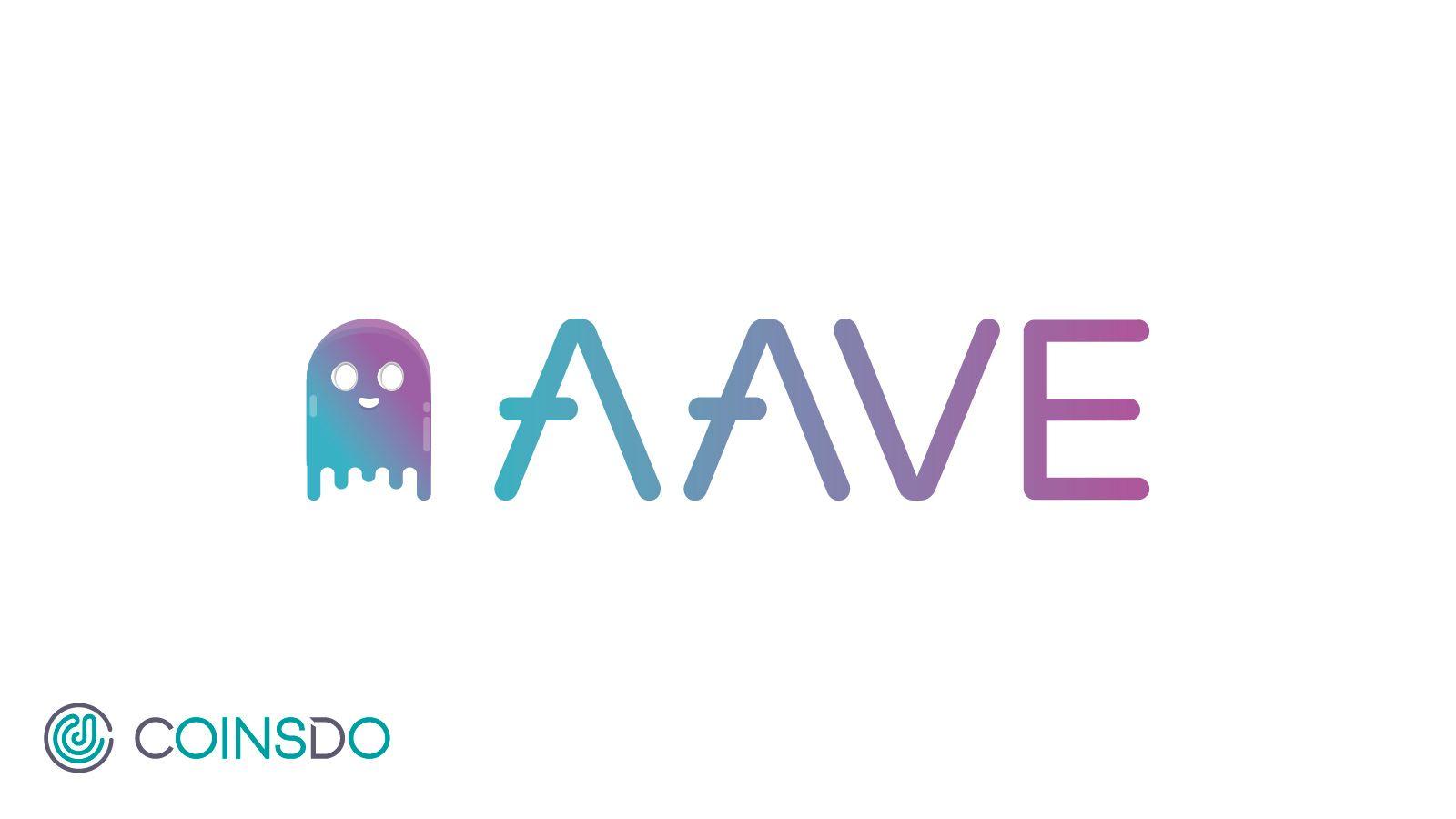
8 min read
What is AAVE?
In the Wild West of decentralized finance (DeFi), AAVE stands out as one of the most prominent and innovative protocols. As a pioneer, they have revolutionized the way users interact with financial services by providing a decentralized platform for lending, borrowing, and staking cryptocurrencies. Understanding AAVE is crucial for anyone interested in the future of finance and the growing impact of blockchain technology.
History and Origin of AAVE
Founding and Initial Vision
AAVE was founded in 2017 by Stani Kulechov, initially launched under the name ETHLend. The project aimed to create a decentralized lending platform on the Ethereum blockchain, allowing users to lend and borrow cryptocurrencies without intermediaries. The initial vision was to democratize access to financial services and provide more control to users over their assets.
In 2018, ETHLend rebranded to AAVE, which means "ghost" in Finnish, symbolizing the protocol's focus on creating a transparent and open financial system. This rebranding marked the beginning of significant development and innovation. Key milestones include the introduction of flash loans, a novel concept that allows users to borrow assets without collateral for short durations, and the launch of AAVE V1, which laid the foundation for the current ecosystem.
Since its rebranding, AAVE has undergone several upgrades and expansions. AAVE V2, launched in December 2020, introduced new features like collateral swaps, gas optimization, and improvements in the user interface. The protocol's growth has been fueled by its strong community, continuous innovation, and strategic partnerships within the DeFi space. Today, AAVE is one of the largest DeFi platforms, with more than $12 billion in total value locked in its smart contracts.
Main Features of AAVE
AAVE Lending
AAVE's decentralized lending platform allows users to lend and borrow various cryptocurrencies without relying on traditional financial intermediaries. By depositing their assets into AAVE's liquidity pools, users can earn interest or use their assets as collateral to borrow other cryptocurrencies. Supported assets include popular cryptocurrencies like ETH, DAI, and USDC, providing a wide range of options for users.
AAVE Staking
AAVE also offers a staking mechanism where users can stake their AAVE tokens to secure the network and earn rewards. Staking AAVE tokens contributes to the protocol's security by participating in the governance and validation processes. In return, stakers receive a portion of the fees generated by the platform, making it an attractive option for long-term holders.
Flash Loans
Flash loans are one of AAVE's most unique features, allowing users to borrow assets instantly without providing collateral, as long as the borrowed amount is returned within the same transaction. This innovative feature has opened up new possibilities for arbitrage, refinancing, and other advanced trading strategies, making it a powerful tool in the DeFi ecosystem.
How does AAVE work?
AAVE operates as a decentralized protocol that facilitates lending and borrowing of cryptocurrencies through smart contracts on the Ethereum blockchain. Here’s a more detailed look at how it works:
Liquidity Pools
At the core of AAVE's functionality are its liquidity pools. Users deposit their cryptocurrencies into these pools, which then become available for others to borrow. This creates a decentralized reserve of assets that the protocol can use to facilitate loans. When users deposit their assets, they receive aTokens in return, which represent their share in the liquidity pool and accrue interest over time.
Lending and Borrowing
When a user wants to borrow assets from AAVE, they must provide collateral in another cryptocurrency. The value of the collateral must exceed the amount they wish to borrow, ensuring that the loan is over-collateralized to minimize risk. For example, if a user wants to borrow $1,000 worth of ETH, they might need to provide $1,500 worth of DAI as collateral. This over-collateralization helps protect the protocol against defaults.
Interest Rates
Interest rates in AAVE are dynamically adjusted based on supply and demand. When the demand for borrowing a particular asset is high, the interest rate for borrowing that asset increases, encouraging more deposits to meet the demand. Conversely, when the demand is low, interest rates decrease to attract more borrowers. This dynamic interest rate model helps maintain a balanced and efficient market.
Liquidation
If the value of a borrower's collateral falls below a certain threshold relative to their borrowed amount, their position becomes at risk of liquidation. This means that the collateral can be sold off by the protocol to repay the loan and ensure the solvency of the system. This mechanism is crucial for maintaining the stability and security of the protocol.
AAVE Ecosystem and Notable Projects
The AAVE ecosystem encompasses a range of projects and integrations that enhance its functionality and reach. Notable projects include integrations with other DeFi platforms, expanding the use cases and interoperability of AAVE. These collaborations enable users to leverage the benefits of multiple protocols, creating a more comprehensive DeFi experience.
Notional Finance
Notional Finance is a prominent player in the fixed-rate lending and borrowing sector within the DeFi space. The integration of Notional with AAVE includes a leveraged vault that significantly increases the demand and liquidity for AAVE's stablecoin, GHO. This is achieved by increasing USDC deposits in various liquidity pools. Notional’s leveraged GHO LP vault allows users to earn leveraged returns by borrowing USDC and depositing it into the pool to harvest yield. This integration not only enhances liquidity but also provides users with more avenues for earning returns on their assets. The project's focus on fixed-rate lending adds a layer of predictability and stability that is highly valued in the volatile crypto market.
Swaap
Through their Swaap Earn project, they aim to supercharge DeFi yields by allocating idle capital to blue-chip protocols like AAVE. Swaap Earn maximizes yields with better capital efficiency, ensuring that users get the most out of their assets. The integration with AAVE allows Swaap to leverage AAVE’s liquidity pools, enhancing the overall utility and efficiency of the platform. Swaap’s focus on code audits and security ensures that their products are robust and reliable, providing users with a secure way to maximize their earnings.
GhoShare
GhoShare is an innovative application designed to address the shortcomings of current expense-splitting apps. By leveraging AAVE’s credit delegation, token swapping, and cross-network transactions, GhoShare enables decentralized direct in-app settlements of payments. This integration simplifies the process of splitting expenses among users, making it more efficient and secure. The use of AAVE’s GHO stablecoin for transactions ensures low fees and fast settlements, providing a seamless user experience.
AAVE Supported on CoinsDo
CoinsDo is excited to announce that it now supports transactions on BSC and the related BNB token. This new integration means that CoinGet and CoinSend can now efficiently manage these assets, providing users with a seamless and secure digital asset management experience.
If you're in the market for a reliable, secure, and cost-effective digital asset management system, reach out to us to learn how CoinsDo can empower your business.



